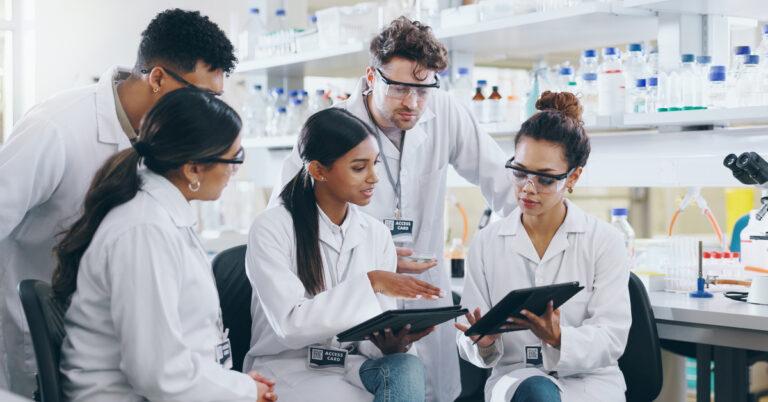
The development of active pharmaceutical ingredients (APIs) is a complex and meticulously regulated process that ensures the safety and efficacy of new medications. Clinical trials form the backbone of this procedure, providing essential data that informs the approval and use of novel treatments. This makes it critical that pharmaceutical researchers understand every phase of this process. Read on to explore the process of clinical trials for API testing.
The Preclinical Stage
Before researchers can test a new drug on humans, it must undergo rigorous preclinical testing. This stage includes laboratory research and animal testing of the API.
The aim is to gather data on how the drug is absorbed, distributed, metabolized, and excreted and how it affects the body. During this stage, researchers also evaluate the potential toxicity of the compound.
Phase One
After the compound has passed the preclinical stage, it can begin the process of clinical trials for API testing. Phase one marks the first time researchers administer the experimental drug to humans and primarily focuses on safety and tolerability.
Typically, researchers will administer the API to up to 100 volunteers to learn the appropriate dosage range and identify any potential side effects. Researchers closely monitor participants for adverse reactions and compare the pharmacokinetic data with preclinical findings. Successful completion of phase one provides the foundational safety data required to progress to subsequent phases.
Phase Two
During phase two, researchers’ focus shifts from safety to efficacy. The number of participants can expand up to 300 individuals who have the condition the drug aims to treat.
Researchers will compare the experimental drug's effects against a placebo or standard treatment. The main objectives are to assess the drug's therapeutic effectiveness, optimize dosing regimens, and further evaluate its safety profile. Positive results are necessary to advance the API to the more extensive phase three trials.
Phase Three
The number of participants grows even larger in phase three, with possibly 3,000 people involved in the test. During this trial, researchers will determine a drug's overall risk-benefit profile.
In addition to establishing how effectively the compound treats conditions and how safe it is to consume, they will see how it compares to current healthcare treatments. These trials provide the robust evidence needed to demonstrate the drug's value in clinical practice. Upon successful completion, the sponsor can submit a new drug application to regulatory authorities for market approval.
Pharmaceutical researchers who understand this process will be in a better position to develop safe medications for patients. You can also improve this process by using analytical laboratory services from Moravek. We can assist you with many procedures, including testing your compounds for elemental impurities, radiochemical and chemical purities, and particle size distribution.
